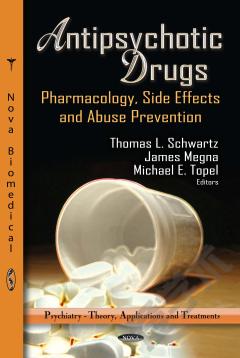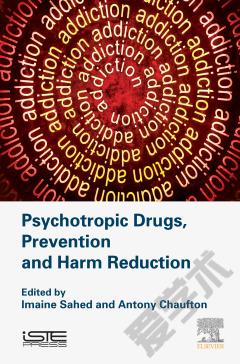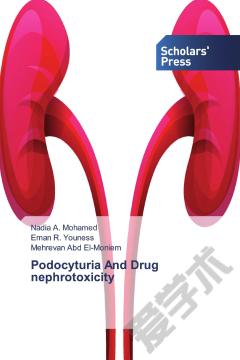Antitargets —— Prediction and Prevention of Drug Side Effects
----- 反目标:药物副作用的预报与预防
PART I: GENERAL ASPECTS Why drugs fail: study on side effects in New Chemical Entities Use of Broad Biological Profiling as a Relevant Descriptor to Describe and Differentiate Compounds: Structure-In Vitro (Pharmacology-ADME)-In Vivo (Safety) Relationships PART II: ANTITARGETS: ION CHANNELS AND GPCRs Pharmacological and regulatory aspects of QT prolongation hERG Channel Physiology and Drug-Binding Structure-Activity Relationships Qsar and Pharmacophores for Drugs Involved in hERG Blockage GPCR Antitarget Modeling: Pharmacophore Models to Avoid GPCR-Mediated Side Effects The Emergence of Serotonin 5-HT2B Receptors as Drug "Antitargets" Computational Modeling of Selective Pharmacophores at the a1-Adrenergic Receptors PART III: ANTITARGETS: CYTOCHROME P450s AND TRANSPORTERS Cytochrome P450s: drug-drug interactions Site of Metabolism Predictions: Facts and Experiences Irreversible Cytochrome P450 Inhibition: Common Sub-Structures and Implications for Drug Development MetaSite: Understanding CYP Antitarget Modeling for Early Toxicity Detection Orphan Nuclear Receptor PXR-Mediated Gene Regulation in Drug Metabolism and Endobiotic Homeostasis Ligand Features Essential for Cytochrome P450 Induction Transporters and Drugs - An Overview Computational Models for P-Glycoprotein Substrates and Inhibitors PART IV: CASE STUDIES OF DRUG OPTIMIZATION AGAINST ANTITARGETS Selective Dipeptidyl Peptidase IV Inhibitors for the Treatment of Type 2 Diabetes: The Discovery of JANUVIA (Sitagliptin) Strategy and Tactics for hERG Optimizations Structure-Based In Silico Driven Optimization: Discovery of the Selective 5-HT1A Agonist PRX-00023
{{comment.content}}








 京公网安备 11010802027623号
京公网安备 11010802027623号